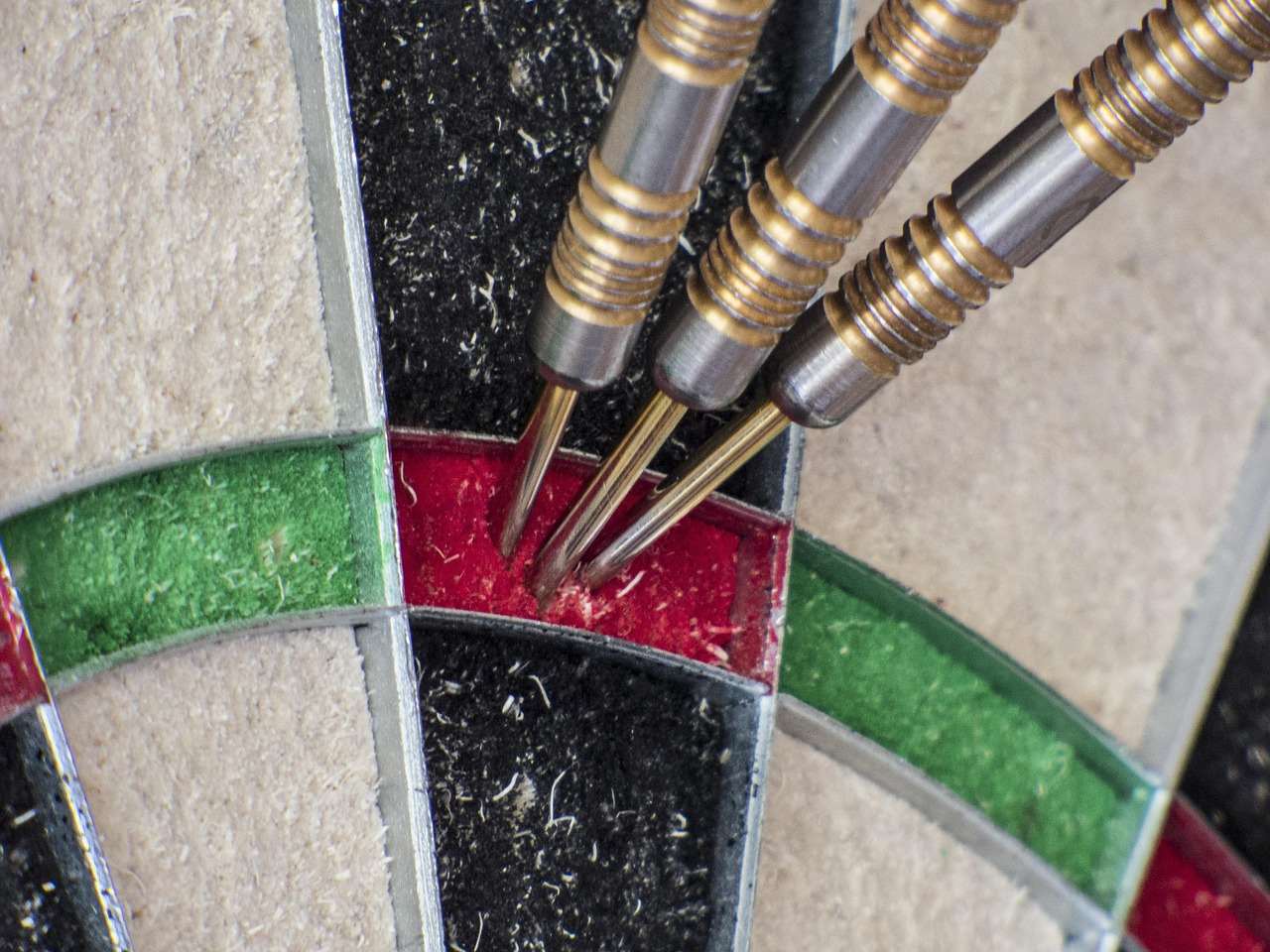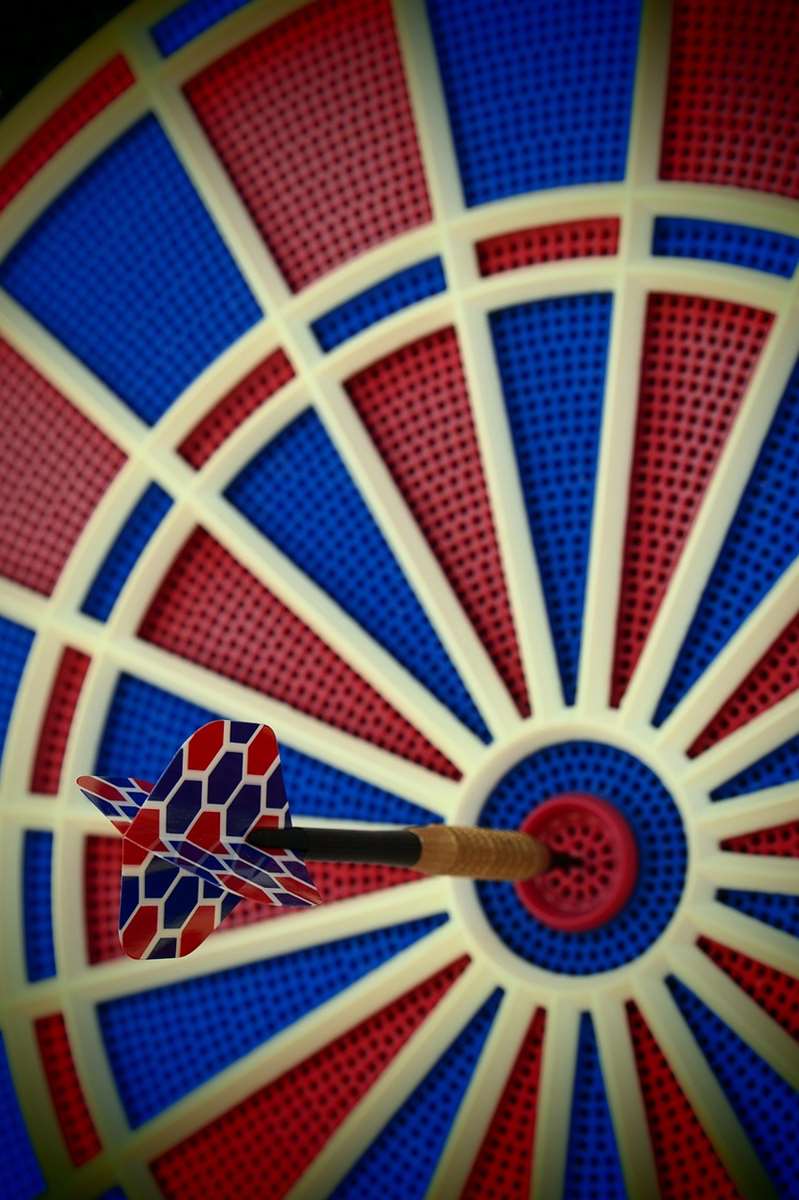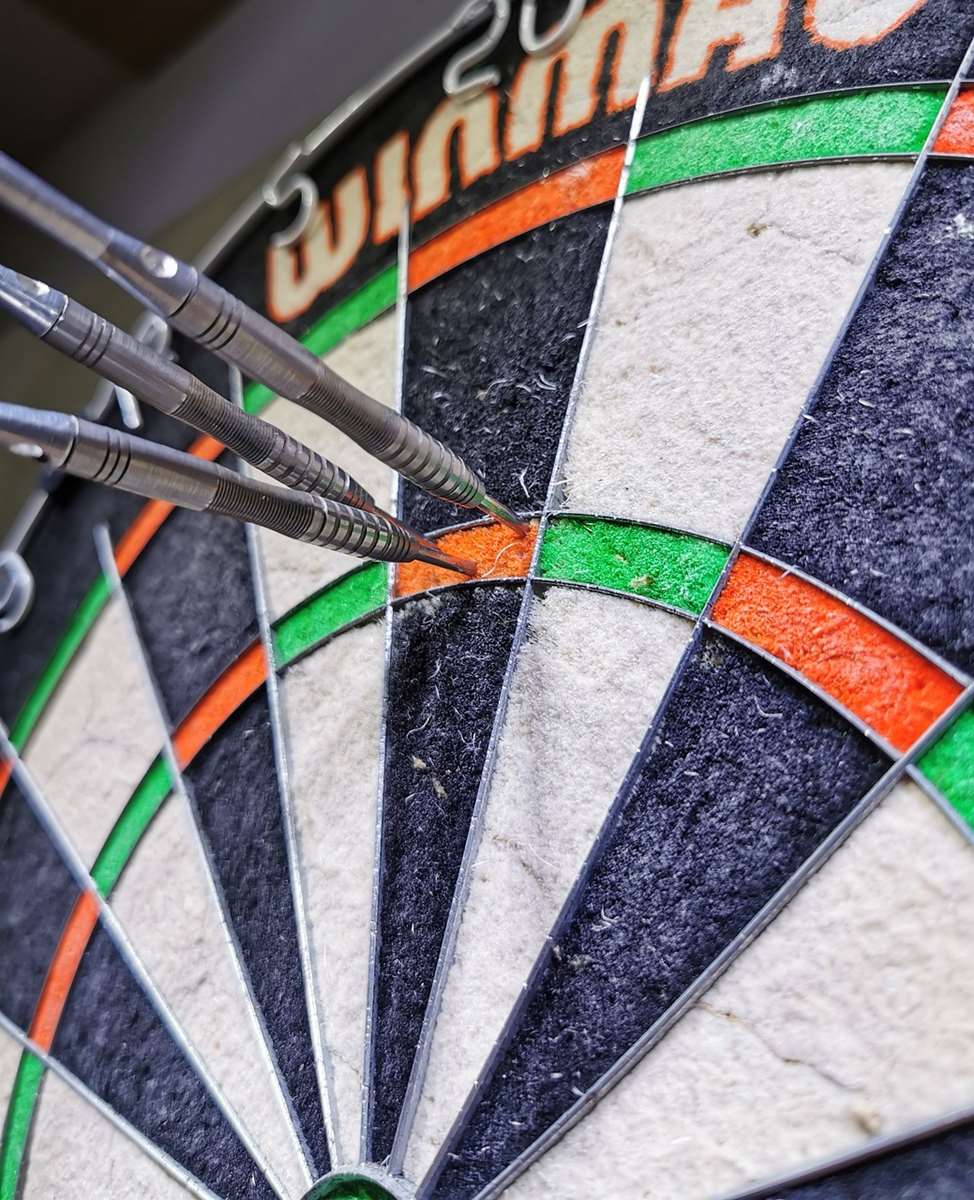Understanding **dart flights and stems** is crucial for optimizing your dart’s trajectory and overall performance, impacting your scoring ability. This article delves into the diverse world of dart flights and stems, exploring different materials, shapes, sizes, and how they influence your dart game, giving you the knowledge to select the perfect combination for your throwing style.
⚠️ Still Using Pen & Paper (or a Chalkboard)?! ⚠️
Step into the future! The Dart Counter App handles all the scoring, suggests checkouts, and tracks your stats automatically. It's easier than you think!
Try the Smart Dart Counter App FREE!Ready for an upgrade? Click above!
The Importance of **Dart Flights and Stems**
While the barrel of a dart often gets the most attention, the dart flights and stems play a vital role in determining how a dart flies through the air. They act as a rudder, stabilizing the dart and ensuring it travels straight towards the board. Choosing the right combination can significantly improve your accuracy and consistency.
Think of it this way: the barrel provides the weight and grip, but the flights and stems dictate the aerodynamics. Without the right **flights and stems**, even the most expensive barrel won’t perform optimally. Different shapes and sizes of flights affect the drag and stability of the dart, while the stem length influences the dart’s angle of entry into the board.

Understanding Dart Stems
**Dart stems**, also known as shafts, connect the flight to the barrel. They come in various materials and lengths, each affecting the dart’s balance and flight path. The choice of stem can influence your dart’s stability, angle of entry, and even how it groups on the board. The material and length you select ultimately depend on personal preference.
Stem Materials
- Nylon/Plastic: These are the most common and affordable stem options. They are durable and come in a wide range of colors and lengths.
- Aluminum: Aluminum stems are more durable than nylon and offer a more consistent weight. However, they are more prone to bending if the dart lands on the floor.
- Carbon Fiber: Carbon fiber stems are incredibly strong and lightweight, providing excellent stability. They are generally more expensive but offer superior performance.
- Rotating: Rotating stems are designed to allow the flight to spin upon impact with another dart in the board, reducing deflections and increasing your chances of scoring.
Stem Lengths
Stem length is a crucial factor in dart flight. Shorter stems generally shift the dart’s center of gravity forward, causing it to fly at a steeper angle. Longer stems shift the center of gravity backward, resulting in a flatter trajectory. Experimenting with different lengths is key to finding what works best for you. If you are playing darts, you might also enjoy finding a dart win song.
- Short: Typically around 34mm. Good for players who throw with a high arc.
- Intermediate: Around 41mm. A good middle ground for various throwing styles.
- Medium: Around 48mm. Provides more stability and a flatter trajectory.
- Long: Over 50mm. Best suited for players who prefer a very flat, straight flight path.

Exploring Dart Flights
**Dart flights** are the wings of your dart, providing the necessary drag and stability to guide it through the air. Just like stems, they come in a multitude of shapes, sizes, and materials, each affecting the dart’s flight characteristics. Selecting the correct flights can drastically impact your grouping and reduce deflections.
Flight Shapes
- Standard: The most common shape, offering a balance of stability and control. A great starting point for beginners.
- Slim/Narrow: Reduces drag, allowing for a faster, more direct flight. Ideal for players who prefer a flatter trajectory.
- Kite: Provides extra lift and stability, making it suitable for players with a more pronounced arc.
- Pear/Teardrop: Offers a good balance of drag and speed, often preferred by players who throw with a consistent, controlled motion.
Flight Materials
- Polyester: The most common material, offering a good balance of durability and affordability.
- Nylon: More durable than polyester and less prone to tearing.
- Mylar: Thin and lightweight, providing minimal drag and a fast flight.
- Molded: These are often thicker and more rigid, creating more drag. They’re typically used with specific stem systems.

Matching **Dart Flights and Stems** for Optimal Performance
The key to improving your dart game often lies in finding the perfect combination of **dart flights and stems**. There’s no one-size-fits-all solution, so experimentation is essential. Consider your throwing style, grip, and the angle at which your darts enter the board when making your choices.
Experimentation is Key
Start with a standard flight and stem setup (e.g., standard flight with a medium stem) and gradually experiment with different shapes, sizes, and materials. Pay attention to how each change affects your dart’s flight path, stability, and grouping. Adjusting your setup may help you if you need to know darts set up distance.
Consider Your Throwing Style
- High Arc: If you throw with a high arc, consider using shorter stems and larger flights to provide more lift and stability.
- Flat Trajectory: If you prefer a flatter trajectory, opt for longer stems and smaller, slimmer flights to reduce drag.
- Fast Throw: If you throw the dart with a fast and strong motion, consider a smaller dart flight to reduce drag.
Observe Your Dart’s Angle of Entry
The angle at which your darts enter the board can provide valuable clues about your **dart flights and stems**. If your darts are consistently landing with the nose pointing upwards, try using shorter stems or larger flights. If they are pointing downwards, try longer stems or smaller flights. Always make sure you are aware of the dart board double and triple areas to help with your calculations.

Troubleshooting Common Flight and Stem Issues
Even with the perfect setup, you may encounter issues with your **dart flights and stems**. Recognizing these problems and knowing how to address them can save you frustration and improve your performance. Issues may include things like broken stems or bent flights.
Broken Stems
Broken stems are a common occurrence, especially with nylon/plastic stems. Carrying spare stems and a stem tool for easy replacement is always a good idea. Consider switching to more durable aluminum or carbon fiber stems for increased longevity. If you’re using nylon stems, examine the base where they connect to the barrel – this is a common breaking point.
Bent Flights
Bent flights can significantly affect your dart’s flight path. Use a flight punch to create a hole in the flight and insert a flight ring or spring to maintain its shape. Consider using thicker, more durable flight materials, or molded flights, which are less prone to bending.
Flights Falling Out
If your flights are constantly falling out of the stems, ensure they are properly inserted and secured. Use a flight ring or spring to provide a tighter fit. You can also try using stems with a tighter grip or switching to a different flight type that fits more snugly. Looking for a good way to track your games? The Practice darts app with scoring may be the answer!

Advanced Flight and Stem Systems
For players looking for even greater precision and consistency, advanced flight and stem systems offer innovative solutions. These systems often feature integrated designs that minimize movement and vibration, resulting in more stable and predictable flight paths. These systems help to ensure better gameplay.
Rotating Flight Systems
As mentioned earlier, rotating flight systems allow the flight to rotate independently of the stem, reducing deflections when darts collide in the board. This can be particularly beneficial for players who group their darts tightly. These are especially useful if you throw multiple darts at the same target.
Fixed Flight Systems
Fixed flight systems lock the flight securely onto the stem, eliminating any unwanted movement. This can improve consistency and reduce wear and tear on the flights. They offer a streamlined and aerodynamic profile.
Integrated Flight and Stem Systems
Some systems combine the flight and stem into a single unit, further reducing vibration and creating a more streamlined profile. These systems are often more durable and easier to maintain. Be sure to always use the proper darts line crossword clue 5 letters.
Conclusion
Choosing the right **dart flights and stems** is a personal journey that requires experimentation and attention to detail. By understanding the different materials, shapes, sizes, and systems available, you can fine-tune your dart setup to match your throwing style and maximize your scoring potential. Don’t be afraid to try new things and observe how each change affects your game. The perfect **dart flights and stems** combination is out there – all it takes is a little patience and experimentation. Take the information presented here and find what works best for you!
Hi, I’m Dieter, and I created Dartcounter (Dartcounterapp.com). My motivation wasn’t being a darts expert – quite the opposite! When I first started playing, I loved the game but found keeping accurate scores and tracking stats difficult and distracting.
I figured I couldn’t be the only one struggling with this. So, I decided to build a solution: an easy-to-use application that everyone, no matter their experience level, could use to manage scoring effortlessly.
My goal for Dartcounter was simple: let the app handle the numbers – the scoring, the averages, the stats, even checkout suggestions – so players could focus purely on their throw and enjoying the game. It began as a way to solve my own beginner’s problem, and I’m thrilled it has grown into a helpful tool for the wider darts community.